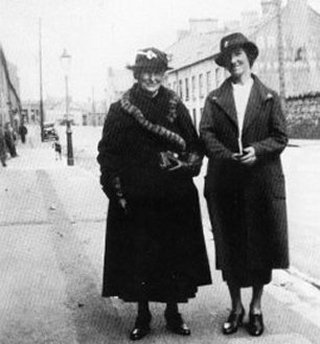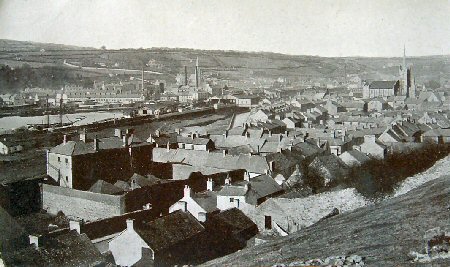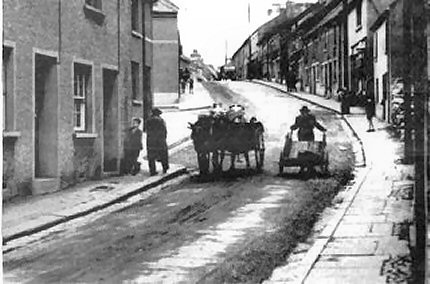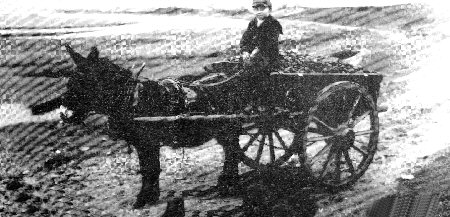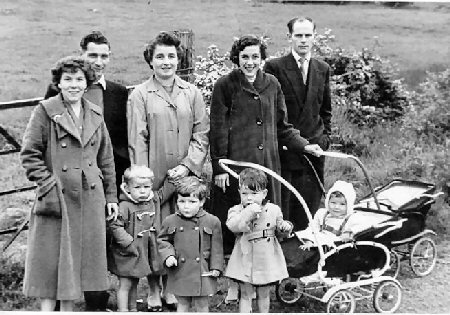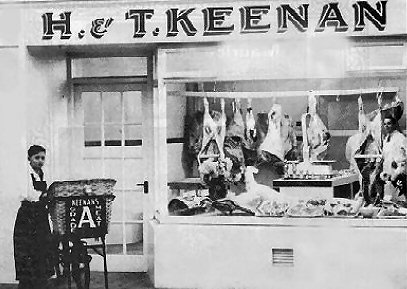Fabian Boyle is our most esteemed local journalist. He presently writes in the Democrat but formerly for the Irish News. He reminisced on life in St Mary’s Street after the war.
‘My father started a greengrocery and fish business in the market at Newry. He married Margaret Hearty from Dorsey and their first home was in Mary Street. In the mid 30s the first of his five sons and daughters began to arrive.
We were fortunate in that period of food rationing that my father’s business ensured that vegetables, some fruit and fish were available. My mother’s culinary speciality was herring baked with bay leaves!
My father would collect the gleaming, silver herring from Kilkeel in the early morning and hawk them by horse and cart all over South Armagh, from Dromintee to Camlough. My job was to corral the trusty steed from a field at the top of Courtenay Hill, using a hunk of bread as inducement and a rope for capture. I’d walk him down the steep hill to the entrance with Mary Street. Then I’d mount and gallop, like Roy Rodgers, down to the market entrance.
Plying his trade at the market-gate, my father would describe the herrings as ‘fresh, fair and lovely as a newly-married woman!’ Again, he would cry, ‘they’ll melt in your mouth and run down your belly like a racehorse.’ He may have been obsessed with newly-weds, for he’d also say, ‘great for young married women. Makes them jump in their sleep!’ With every dozen he’d always throw one in ‘for the child!’
More later!

